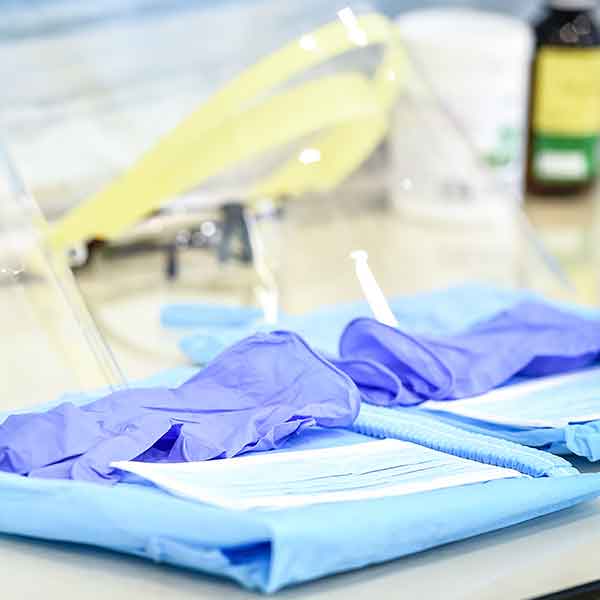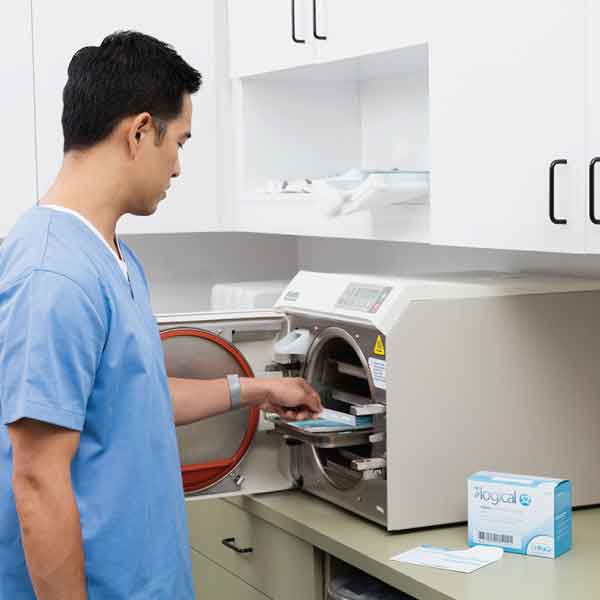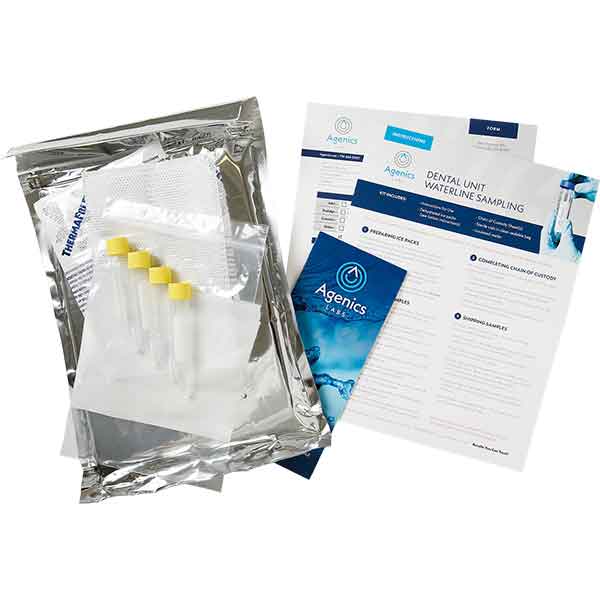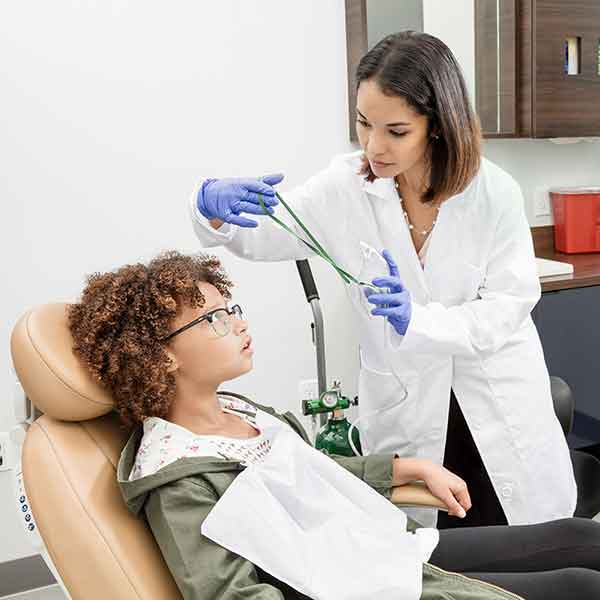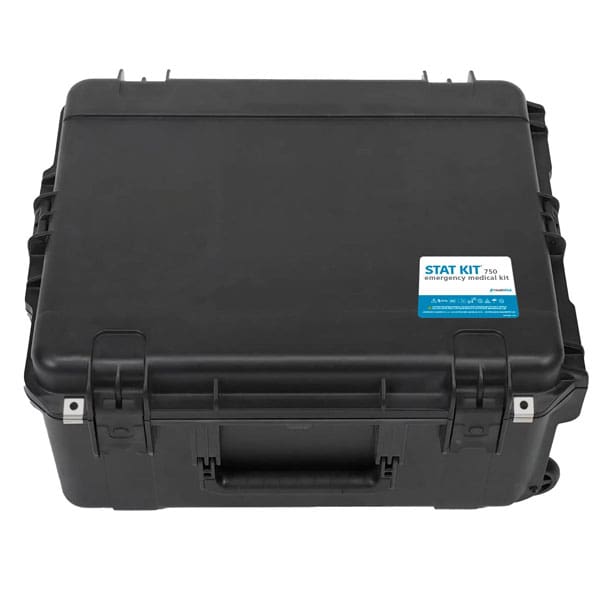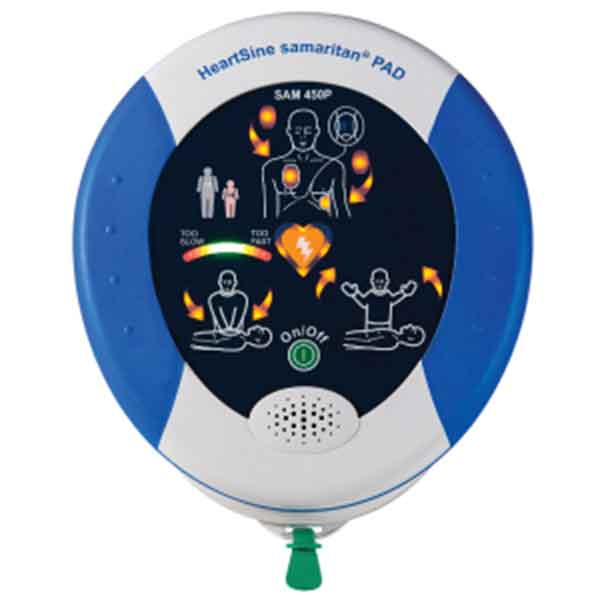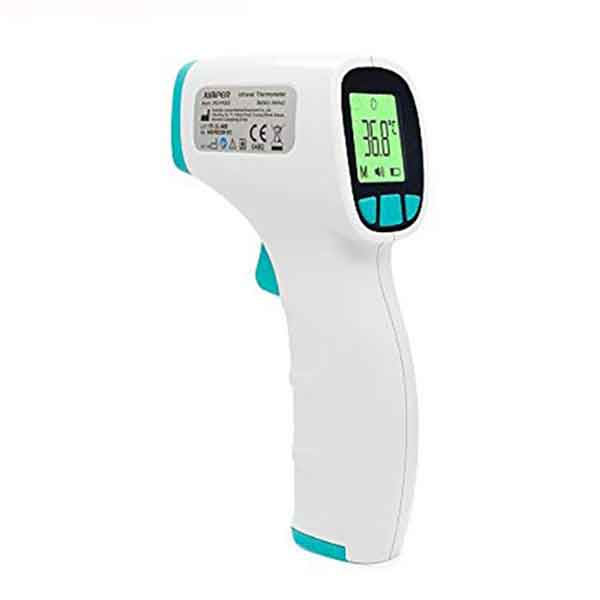Hygienist Assists Patient During Asthma Attack
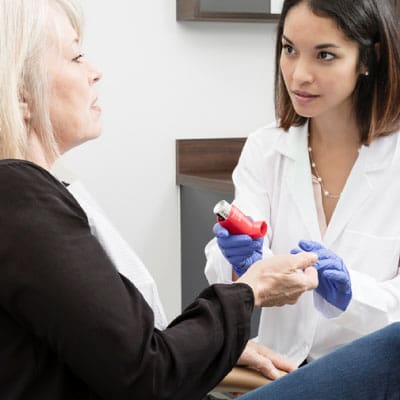



Emergency Response
Dental staff provides patient with albuterol inhaler for self-administration.


Synopsis
During a routine cleaning, an Ohio dental office patient was acting restless and anxious. She began to show signs of difficulty breathing, possibly indicating bronchospasm. The hygienist stopped the procedure and asked the patient about her symptoms. The patient told the hygienist that although she had a history of asthma, she did not have her inhaler on hand. The doctor directed the hygienist to give the patient an albuterol inhaler from a HealthFirst emergency medical kit for her self-administration.
The asthma attack quickly abated. Patient reported she was feeling well again, and the procedure continued to its completion.


Dr. Malamed’s Notes
Most dental offices make a confirmatory telephone call to all patients a day or two prior to the scheduled appointment.
![]()
![]()
IMPORTANT: Always have an inhaler on hand
Patients with a history of asthma should be reminded to bring their inhaler (“rescue drug”) to the dental appointment. In this situation—where the patient neglected to do so—the dental office emergency drug kit contains albuterol, a rapid-acting bronchodilator. Allow the patient to medicate herself. Patients will be more confident if allowed to do so themselves.
Once bronchospasm develops most asthmatics will reposition themselves into a more comfortable position (e.g. “I can breathe better”). In virtually all situations this will be either a more upright position (if lying down) or standing up (if sitting).
After the episode of bronchospasm has ended, determine from the patient why it happened. The likelihood is that the patient was apprehensive about the planned dental treatment and—being an adult—kept their fear internalized. In asthmatics this is likely to lead to an acute episode of bronchospasm.
If the patient admits to having been fearful give serious consideration to the use of sedation at this and future dental appointments. Inhalation sedation using nitrous oxide (N2O) and oxygen (O2) is my preferred technique.
Remind the patient of the importance of having their “rescue drug” with them at each and every dental appointment.


























